Do you have a question about the Samsung LS32A700NWNXZA and is the answer not in the manual?
Important safety guidelines and warnings for product use.
Electrical safety warnings and precautions for power handling.
Guidelines and warnings for safely installing the product.
Instructions and warnings for operating the product safely.
Procedures and precautions for cleaning the product.
Recommendations for ergonomic posture while using the monitor.
Steps for physically installing the monitor stand.
Safety guidelines for handling and moving the monitor.
Requirements for ventilation space around the monitor.
How to adjust the monitor's tilt angle.
Instructions for using an anti-theft lock with the product.
Details on VESA mounting compatibility and specifications.
Explanation of the monitor's control buttons and functions.
Guide to using direct keys for quick access to functions.
Initial steps and precautions before connecting external devices.
Identification and description of various input/output ports on the monitor.
Methods for connecting a PC using HDMI, HDMI-DVI, or DP cables.
How to connect audio output devices.
Instructions for connecting the monitor to a power source.
How to organize cables for a neat setup.
Guidance on setting the best screen resolution for display.
Compatible graphics cards for HDR10 feature.
Settings for adjusting picture quality and modes.
Features and settings for reducing eye strain.
Settings for Picture-in-Picture and Picture-by-Picture modes.
Customization options for the on-screen display menus.
System-level settings like DisplayPort, HDMI versions, and Eco Saving.
Information on self-diagnosis, software updates, and reset options.
Information about the Easy Setting Box software.
Potential issues and limitations during software installation.
Hardware and OS requirements for software installation.
Steps for installing necessary device drivers.
Preliminary checks before seeking customer support.
How to diagnose screen-related problems.
Troubleshooting display issues related to resolution and frequency.
General checks for common installation and screen issues.
Solutions for problems related to audio output.
Troubleshooting issues related to the connected source device.
Frequently asked questions and their answers.
General technical specifications of the product.
Information on the Plug-and-Play functionality.
Explanation of pixel characteristics and manufacturing tolerances.
Table listing supported signal resolutions and frequencies.
Conditions under which service may incur charges.
Examples of issues not considered product defects.
Situations where product damage is due to customer misuse.
Other conditions that may affect service or product status.
| Color | black |
|---|---|
| Screen Type | led |
| Tiltable | yes |
| Wall Mount | 100mm x 100mm |
| Touch Screen | no |
| Webcam | no |
| OS Compatibility | not applicable |
| Screen Size | 32 inches |
| Panel Type | va |
| Aspect Ratio | 16:9 |
| Resolution | 3840 x 2160 |
| Native Resolution | 3840 x 2160 |
| Refresh Rate | 60hz |
| Horizontal Viewing Angle | 178 degrees |
| Vertical Viewing Angle | 178 degrees |
| Response Time | 5 milliseconds |
| Brightness | 300 candela per square meter |
| Contrast Ratio | 2500:1 |
| Synchronization | not applicable |
| HDR | yes |
| HDR Format | hdr 10 |
| Built-In Speakers | no |
| Interface Connectors | 1 x displayport 1.2, 1 x hdmi 2.0 |
| HDMI Ports | 1 |
| USB Type B Ports | 0 |
| Display Port Inputs | 1 |
| Mini Display Port | 0 |
| DVI | 0 |
| Thunderbolt Ports | 0 |
| Headphones Output | yes |
| Voice Assistant | not applicable |
| Power Saving Mode | 0.5 watts |
| Power Consumption | 40 watts |
| Depth with Stand | 7.6 inches |
| Height with Stand | 20.4 inches |
| Width with Stand | 33.1 inches |
| Depth without Stand | 1.6 inches |
| Height without Stand | 16.7 inches |
| Net Weight without Stand | 17.6 pounds |

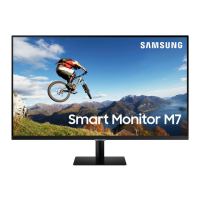

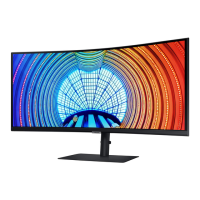
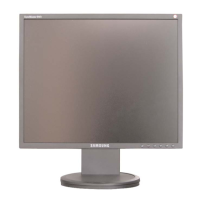
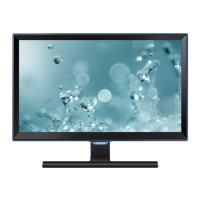
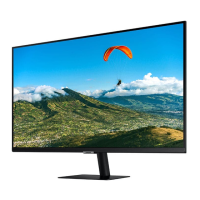
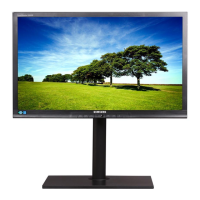




